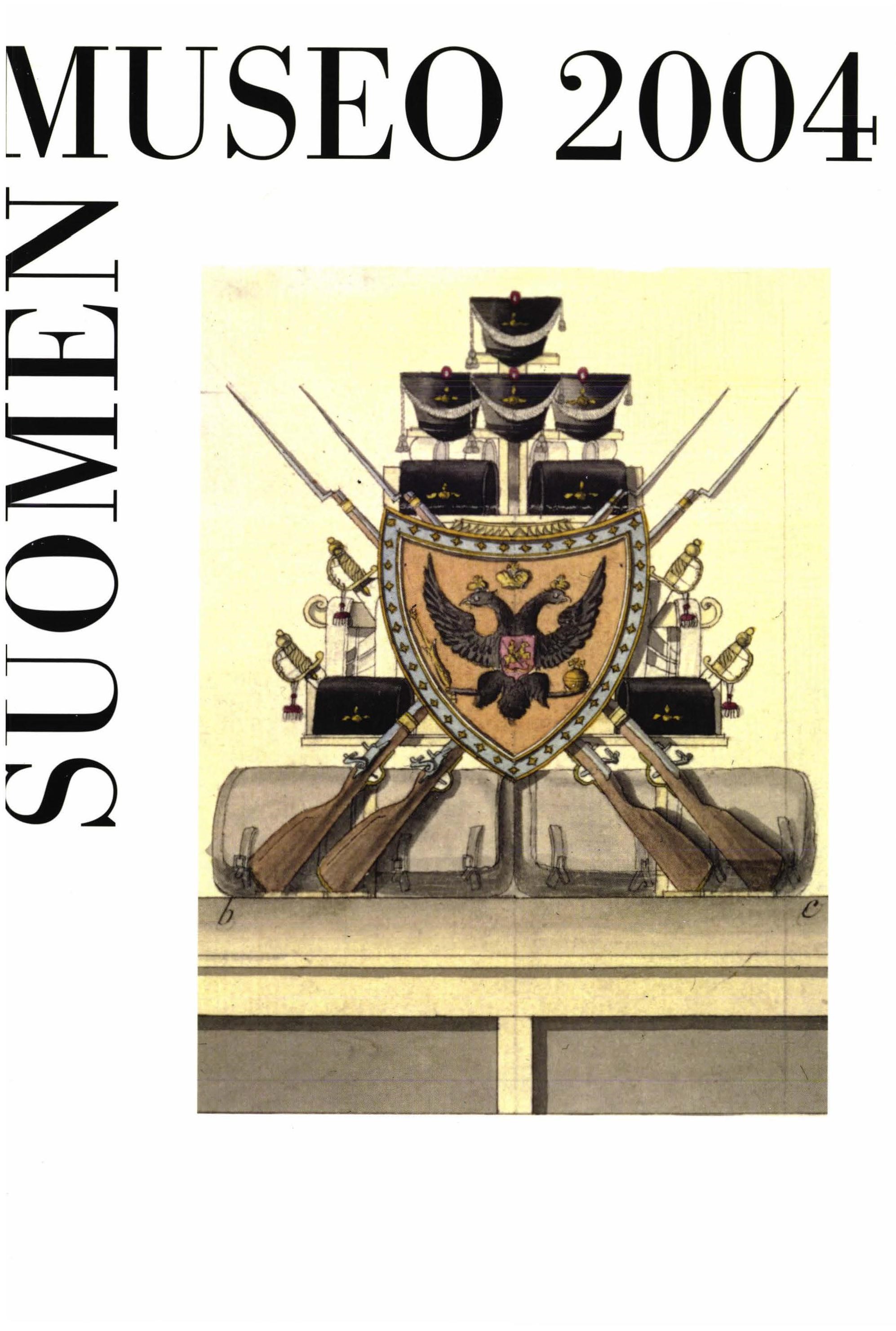Kansallismuseon saamelaiset esinekokoelmat
Abstrakti
The collections at the National Museum of Finland were established in 1894 by uniting the collections of the Finnish Antiquarian Society, the Students' Ethnographie Museum and the University Museum. Each of these collections also included Saami objects, which formed the basis for the Saami collections of the museum.
During the 19th century, Saami objects were brought from Lapland to the National Museum mostly by government officials, students, private collectors and, towards the end of the century, also by domestic tourists. The growth of the collections was sporadic and based on donations. More intensive collecting began in the early 20th century and lasted up lo the beginning of the Second World War. During this period, museum employees and ethnologists, for example Theodor Schvindt, T. I. ltkonen and llmari Manninen, collected Saami objects systematically. Over 70 % of all Saami objects at the National Museum today were obtained through the collections made between 1902 and 1939. The academics were particularly interested in studying the Skolt Saami, and about one-third of all the Saami objects represent the material culture of this group.
During the 1950s and 1960s the collections grew modestly through donations by private persons. A new era of more intensive collecting began in the 1970s, when Intendent Martti Linkola travelled in Lapland. In the late 1970s and early 1980s, Linkola also introduced a new acquisitions policy for Saami objects, according to which o ld Saami objects were to be preserved in Lapland . Acquisitions thus shifted to modern, high-quality Saami handicraft products.
The collections at the National Museum include today approximately 2 600 Saami objects. The costumes and parts of costume are the largest group by object type, and it is followed by household, transportation and textile-making equipment and tools. 75 % of the Saami objects be long to these object groups. About 50 % of all objects originate from the Petsamo and lnari regions. The fact that the Skolt Saami culture is well represented in the collection makes it especially valuable and unique also from international perspective.

